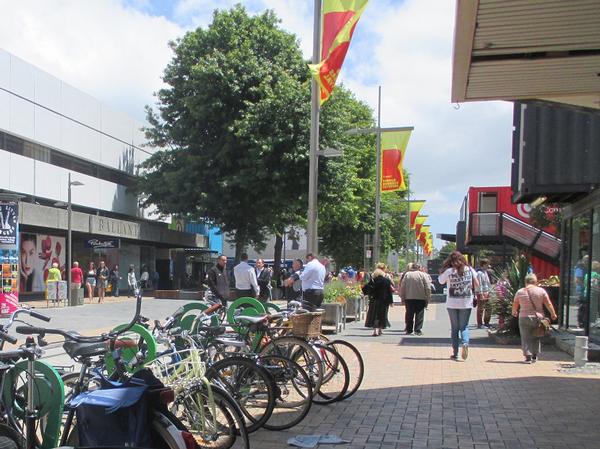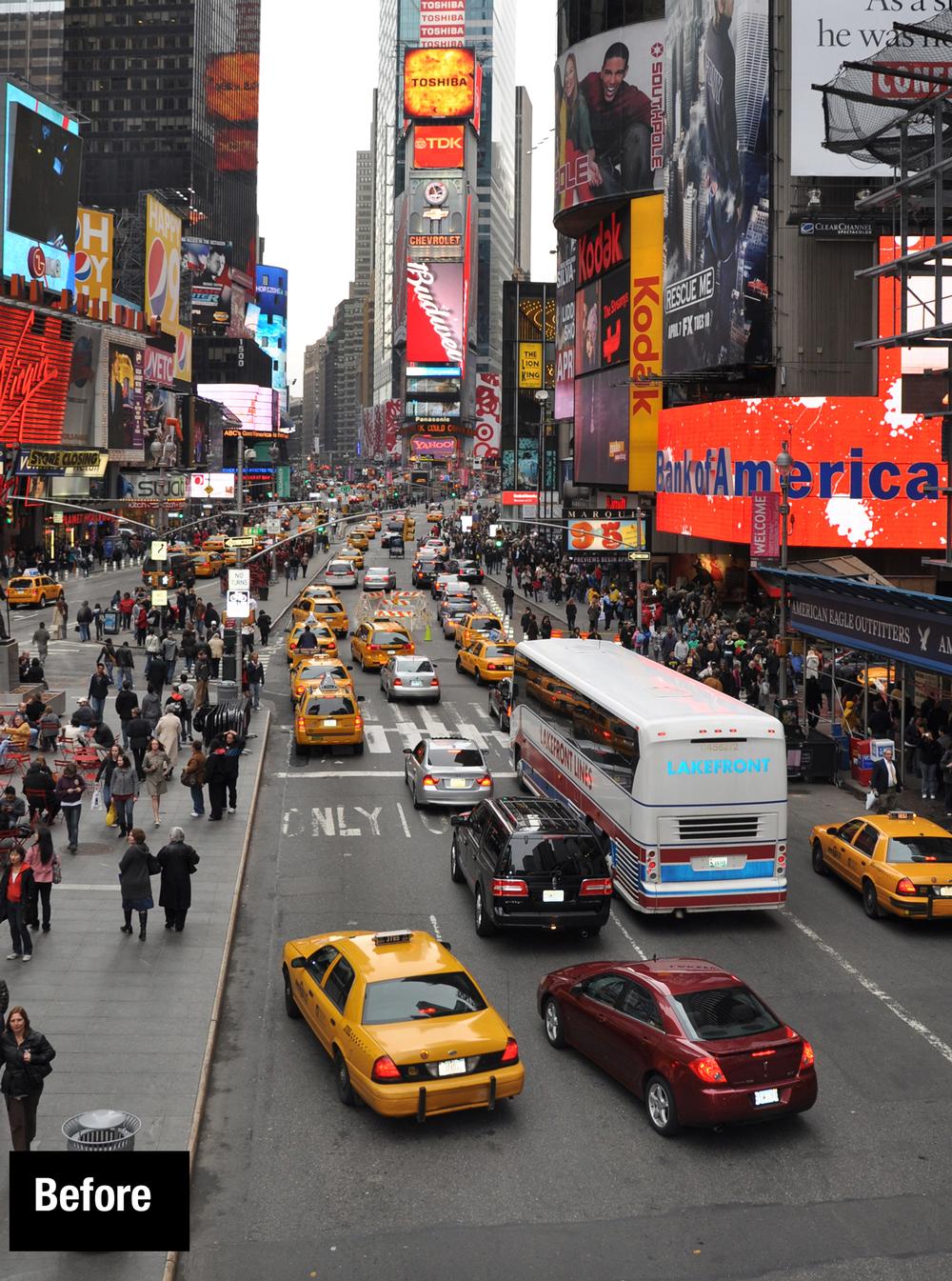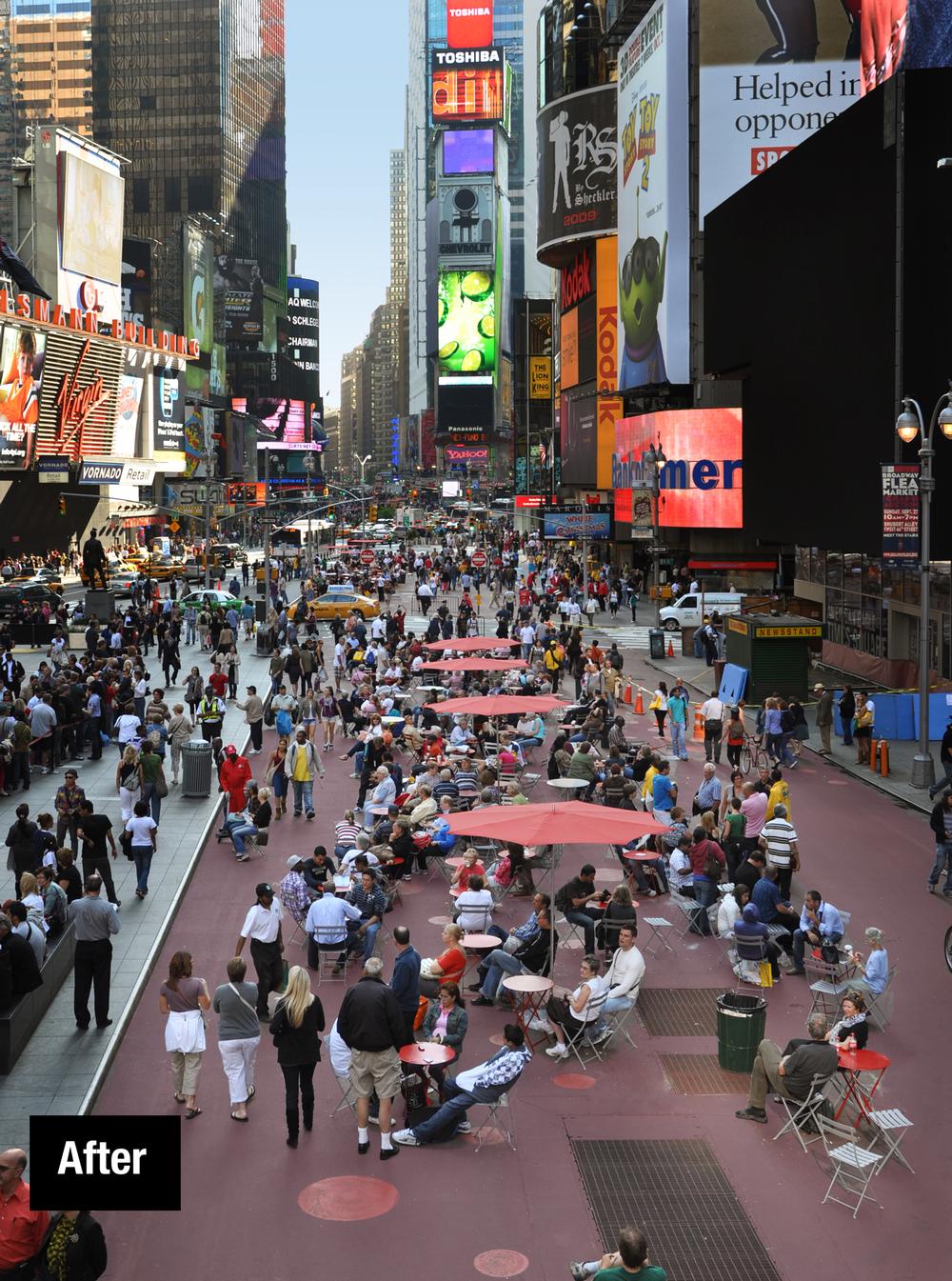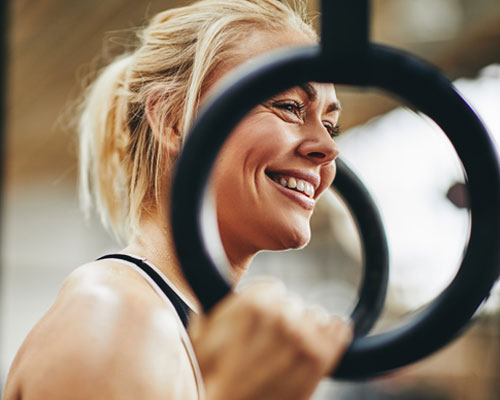features
Active streets: Power to the people
The opportunities to be active on our streets are dwindling because of the priority given to cars above pedestrians. Riccardo Marini, director at urban quality consultants Gehl Architects, is one architect working to reverse this trend. Kath Hudson reports
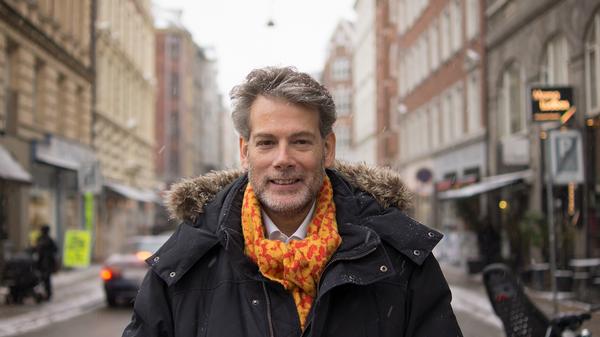
What’s your approach to architecture?
Architecture should be about people before buildings. Offer the right lifestyle choices and you’ll get the right health outcomes: if places are designed with people in mind, people will be healthier.
The problem is, the bureaucratic systems we’ve created in the name of efficiency have destroyed the kind of places that bring joy to our hearts. We’re using technology to make everything as efficient as possible, whereas the path to health, happiness, wealth and wellbeing is one that puts people, culture and art central to the planning process.
The way cities are designed today is also contributing to an increasingly sedentary lifestyle among the public. We’re making it more difficult to navigate cities by foot and bike, and our consequent reliance on cars and technology takes away the everyday opportunities for exercise, such as going to the shops for groceries.
How can architecture and design help people to be active?
Copenhagen is a great example of this. People living in Copenhagen think it’s natural to cycle to work, school or the pub, whether it’s sunny, raining or minus 4 degrees centigrade. Research has shown this is because it’s considered the easiest and most efficient mode of transport. Cycling is integrated with other forms of transport: you can take bikes onto trains and the underground and taxis have cycle racks. It’s not rocket science or magic: if you make it easy to walk and cycle, then people will do it.
The next stage for Copenhagen is to tackle suburbia: encouraging people to cycle to the station, get on the train and pick up a hire bike in the city.
Can existing environments be enhanced and improved?
Most definitely. In the 1960s, Copenhagen was pursuing the American dream and was a sea of cars, but they realised this wasn’t the way to go from a quality of life point of view. For the past 40 years, they’ve been trying to reverse this mentality. It can happen anywhere – there just needs to be the political will and some skill and understanding.
What in your view are the barriers to change?
The usual criticism is that the city will die without cars, and people won’t want to do business there. Our counter-argument is that global companies like Google want to put offices in places which are liveable, so they can retain staff. Cars don’t make places liveable.
Can you give an example of bad design in a city?
I always compare Manhattan and Dubai. I love New York, which takes its roots from European cities. On the other hand, Dubai has taken the American dream but without the essential DNA of streets, pavements, public spaces and active shop fronts. A fake environment has been created where you go from air-conditioned car to air-conditioned mall; street life does not exist. Shade should have been designed in to make people want to be in the streets.
How can the health club industry make sure it’s not contributing to this problem?
Health clubs have to be careful they don’t offer a big shiny box that people can only drive to. They need to be located in areas where there’s footfall, or find ways of encouraging people to visit in an active way, like cycling.
Also, clubs can and should be social hubs that bring life to the communities where they’re located, encouraging people to exercise in the streets, parks and pedestrian areas around the club – whether on their own or in group activities organised by the club.
A GREENER CITY
New York, US
In 2007, Gehl Architects were engaged to advise on making New York a greener and more people-friendly urban environment, as well as how to encourage cycling as a healthy and environmentally-friendly mode of transportation.
Quantifiable aims included a 30 per cent reduction in C02 emissions, implementing 300km of cycle lanes, ensuring everyone was within a 10-minute walk of a public space, doubling the percentage of cyclist commuters, and reducing traffic-related deaths by 50 per cent.
Since then, NYC has doubled the amount of cycle lanes, reaching 725km in 2009. Combined with a new policy of allowing bicycle parking inside office buildings, as well as awareness campaigns, there has been a twofold increase in New Yorkers commuting to work and places of education by bicycle.
Almost 45,000sq m (500,000sq ft) has been reclaimed as public space in the city, including Times Square which, having been pedestrianised, now attracts café seating, concerts, art exhibitions, yoga classes and spontaneous snowball fights.
Turnover has also improved at the local businesses.
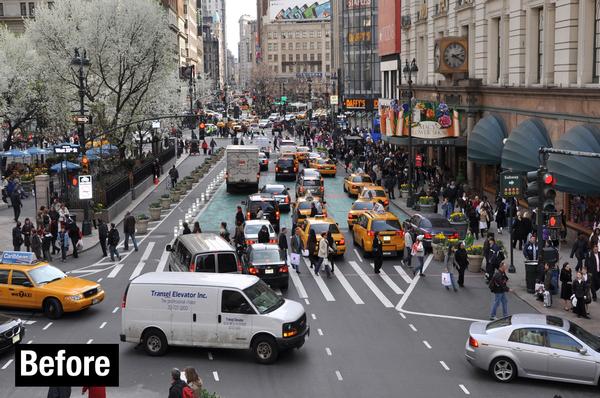
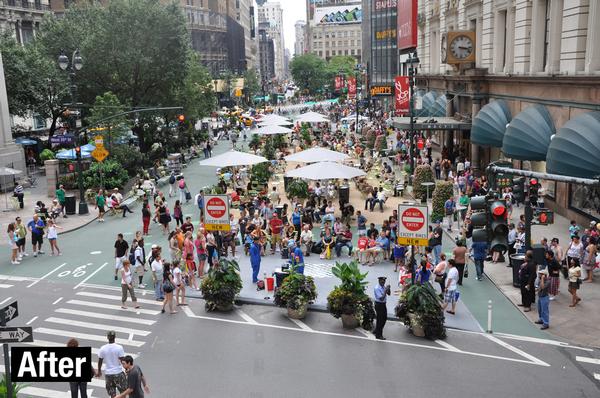
A NEW VISION
BRIGHTON, UK
Gehl Architects created a vision for New Road in Brighton, UK, creating a shared-surface, multi-modal street. Today it incorporates the interests of many different user groups and encourages cycling, standing and walking activities, as well as simply encouraging people to sit and spend time there, based on people-focused public space programming.
Gehl Architects believe a place that works is somewhere you want to spend time and linger, and with this in mind it aims to create environments where the road is about more than just transit. A space becomes inviting when the street displays a mix of shops, interesting things to look at and opportunities to explore. It’s about considering the person as the focal unit of measure in terms of scale, size, sensory experience and view –making things human-sized and giving them small things to focus on along the way, so they’re encouraged to walk rather than drive.
New Road is now the fourth most popular place for people to spend time in Brighton. It has become a place where people linger – not just a transit street – and the amount of time people spend there has increased by 600 per cent since its facelift.
English Partnership has selected this project as an exemplary best practice example for the Urban Design Compendium in the UK.
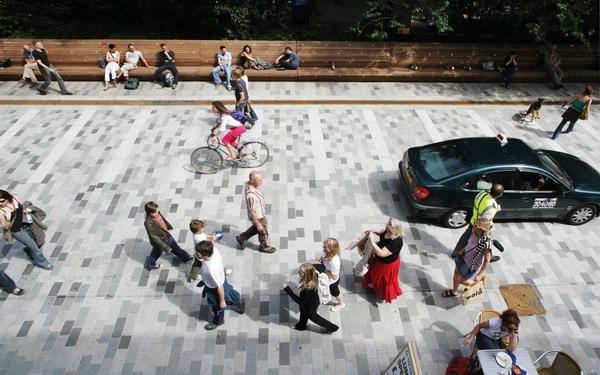
A NEW VISION
Christchurch, New Zealand
After the devastating earthquakes in 2010 and 2011, Gehl Architects were commissioned to develop a framework for the rebuilding of central Christchurch in New Zealand.
The masterplan included a network of neighbourhood parks and a redesigned transportation network. The plan prioritised pedestrians and public transport, linking all the most popular destinations in town with the aim of making people more inclined to leave the car at home.
It’s now in the process of being redesigned as a lower-rise city, with a greater variety and more consistent density of activities and buildings. Creating density means bringing things down to the ground level, with visual stimuli at eye level that make it more interesting to walk down the street.
It’s about creating a more appealing, people-focused environment where human scale is considered, all of which helps change people’s perception of distance and makes them more likely to explore the space – once again encouraging activity within the city.
